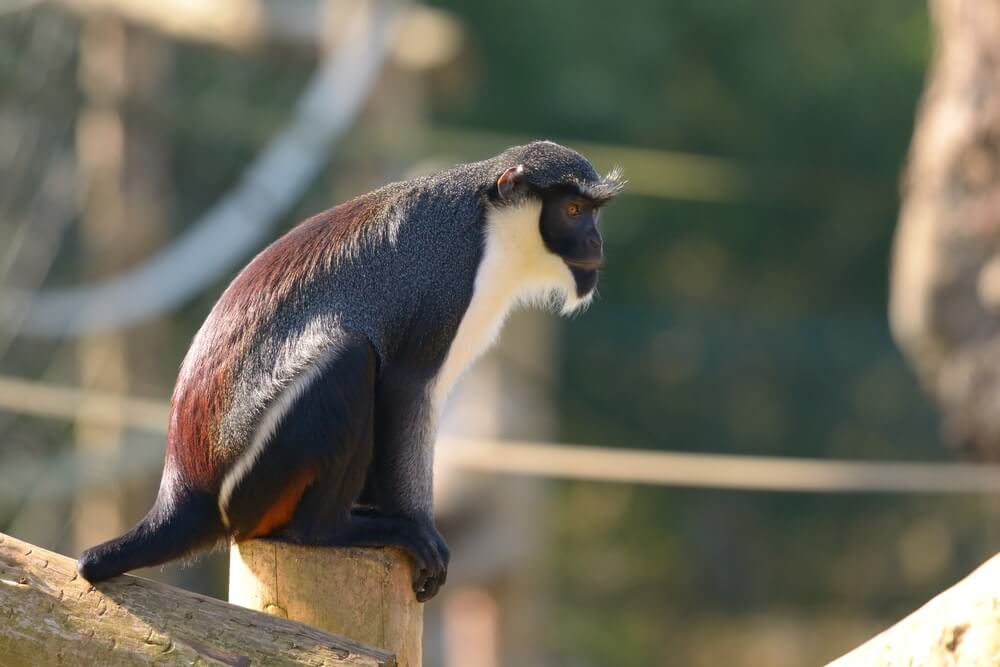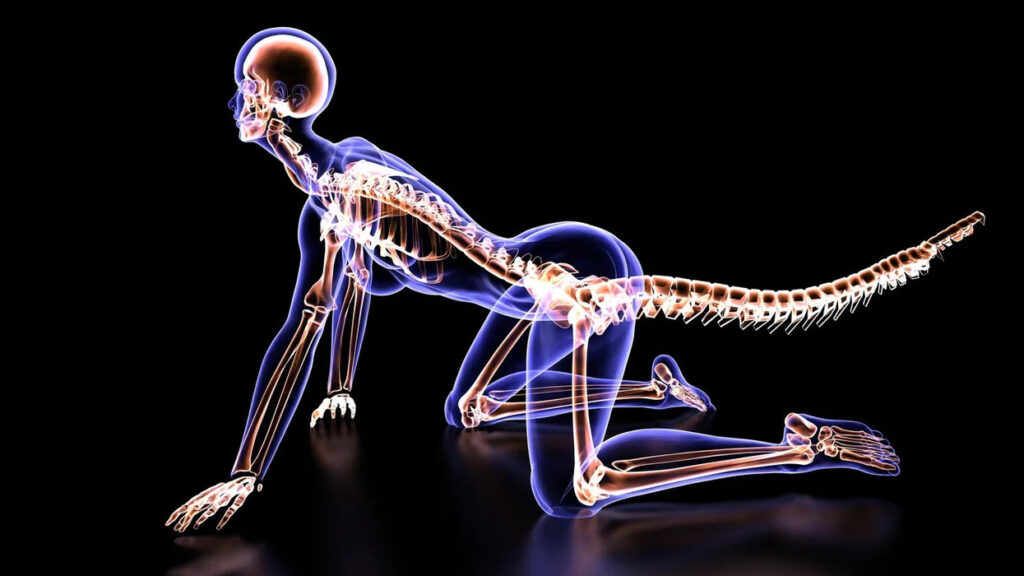Human evolution has changed a lot of things about mankind. We are no longer swinging through the trees and covered in hair all over our bodies. At least, most of us are not. Beyond that little bit of stuff that we call hair compared to our Great Ape cousins obviously. We have evolved heavily over the years but the last great change happened before our current Holocene period. This began roughly 12,000 years ago. While it is true that humans have not changed drastically in 12,000 years, we have still changed off and on.
Most of this has to do with our adaptation to the environments we live in. For example, those who live in several European nations do not have naturally dark or olive skin like those who live in the Middle East. Why? Because most of their year does not require them to be in an incredibly hot environment. Therefore, melanin rates differ. Things just like this, our major evolutionary changes in the Holocene, is what this article is all about.
The Lack Of A Tail

Through most of our evolutionary period, we actually kept a tail similar to the monkeys you see today. But both humans and Great Apes began to slowly lose these long tails over time. Well, most of us lost them. There are still those who are born with one on rare occasions. How does that happen? To be honest, as we are growing in our mother’s womb the tail is growing with us. We tend to lose that tail as we are going into the second or third trimesters but sometimes it does not fall off like it is supposed to.

We started to be born without them dating back 25 million years ago. However, tails actually helped humans balance themselves. This led to sort of a pelvic hammock being formed to help humans walk upright. This eventually resulted in the pelvic muscles and vertebrae we have today. In other words, our tailbone area gets its name honestly. Yet all of that further evolved in the Holocene as it continued to become a stronger region of our bodies. It also allowed humans to become larger without sacrificing balance.
